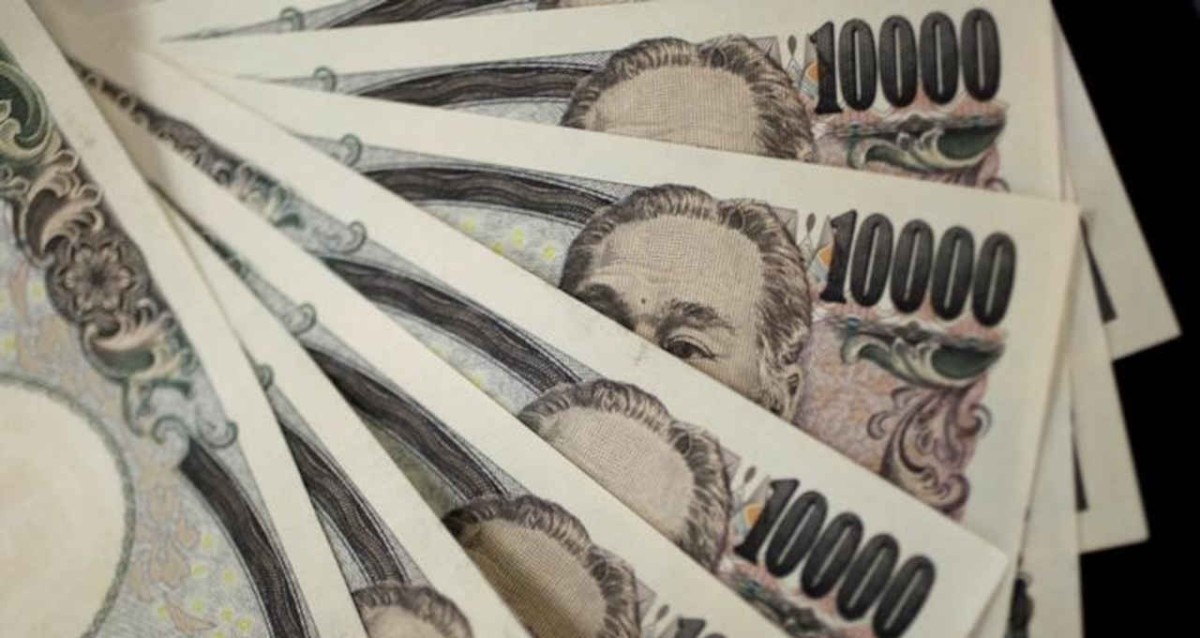Bringing money to Japan or any other country can seem like a challenge for those preparing to travel. After all, there are several ways to transport funds, and each has its advantages and disadvantages. In this article, we will explore the available options to ensure that you have money on hand during your stay abroad in a safe and economical way.
The choice of the right method will depend on factors such as fees, transaction limits, and convenience. We will discuss options such as exchange houses, debit cards, credit cards, and international transfer services, with practical tips based on real experiences.
Table of Content
Understanding the options for carrying money
Currency exchange houses: convenience or loss?
Exchanging money at currency exchange offices is one of the most traditional options, but it is not always the most advantageous. The fees applied often include high margins over the market value of the currency. Additionally, the availability of yen (or other foreign currencies) can be limited, especially in smaller cities.
- When to use: If you want to carry an initial amount in cash for emergencies.
- Careful: Avoid exchanging money at the airport, where the fees tend to be even higher.
An interesting alternative is to make the conversion on online platforms that allow you to reserve more competitive rates. This way, you can withdraw the money at predetermined locations before the trip.
International debit cards: convenience at ATMs
International debit cards are an excellent alternative to avoid carrying large amounts of cash. In Japan, it is common to find ATMs in convenience stores, such as 7-Eleven, that allow direct withdrawals from your Brazilian bank account.
- Advantages:
- Lower rates (IOF and fixed withdrawal fee).
- More flexible limits regarding prepaid cards.
- Machines available in Portuguese, facilitating operation.
Before traveling, make sure to activate the international functionality of your card. Also, check the weekly withdrawal limit to avoid surprises.

Credit and prepaid cards: flexibility with limits
Credit cards are useful for larger payments and can serve as a complement to cash or debit. However, the IOF and foreign exchange conversion fees can impact the budget. On the other hand, prepaid cards offer spending control but require prior planning to load amounts.
- When to use:
- For higher value purchases.
- As a backup in emergency situations.
- For online payments in foreign currency.
Avoid relying solely on cards, as some establishments in Japan do not accept credit, especially in less touristy areas.
There are accounts focused on currency conversion that allow you to use a card for withdrawals and payments. Services like Wise or Nomad can be an economical way to convert money with low IOF rates.

Strategies to save when taking money abroad
Combine different methods
For greater safety and convenience, it is ideal to diversify your methods of carrying money: bring an initial amount in cash, have an activated debit card, and a credit card for emergencies.
Plan your transactions
If you choose to use ATMs abroad, concentrate your withdrawals to reduce the impact of fixed transaction fees. Additionally, check with your bank about international partnerships that may offer fee waivers or reductions.
Know the withdrawal and payment limits
Many banks limit the weekly or monthly amount for withdrawals and transactions abroad. Inform yourself about these limits before traveling and plan your budget accordingly.
Wrapping Up
Taking money to Japan or another country requires careful planning to avoid unnecessary costs and ensure access to your resources during the trip. Exchange houses, debit and credit cards, and online transfer platforms are valid options, but each should be used strategically.
Choose the combination that best suits your traveler profile and remember to activate the international features of your cards. With the tips presented here, you will be prepared to enjoy your trip without financial worries.
